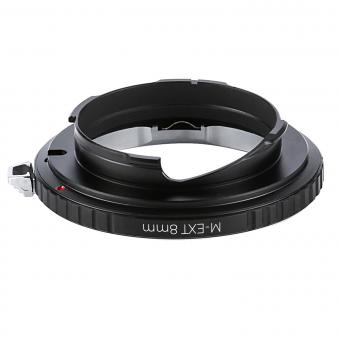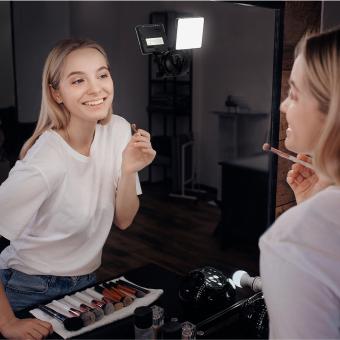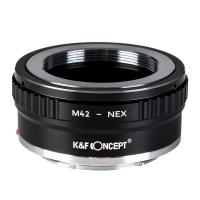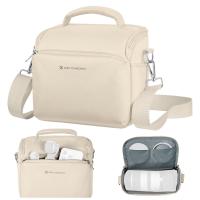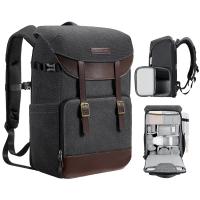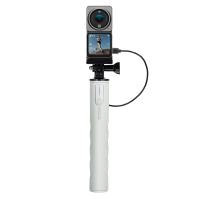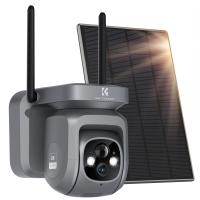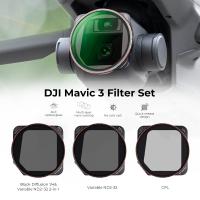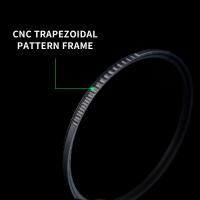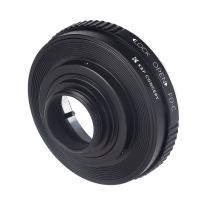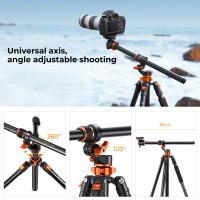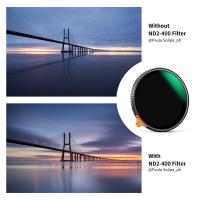How To Shoot Video Without A Nd Filter ?
To shoot video without an ND filter, you can adjust the camera settings to control the amount of light entering the lens. One way to do this is by adjusting the aperture, which is the opening in the lens that controls the amount of light that enters. A larger aperture (smaller f-number) will let in more light, while a smaller aperture (larger f-number) will let in less light. Another way to control the amount of light is by adjusting the shutter speed, which is the amount of time the camera's sensor is exposed to light. A faster shutter speed will let in less light, while a slower shutter speed will let in more light. You can also adjust the ISO, which is the camera's sensitivity to light. A lower ISO will let in less light, while a higher ISO will let in more light. However, increasing the ISO can also introduce noise or graininess to the video.
1、 Adjust shutter speed and aperture
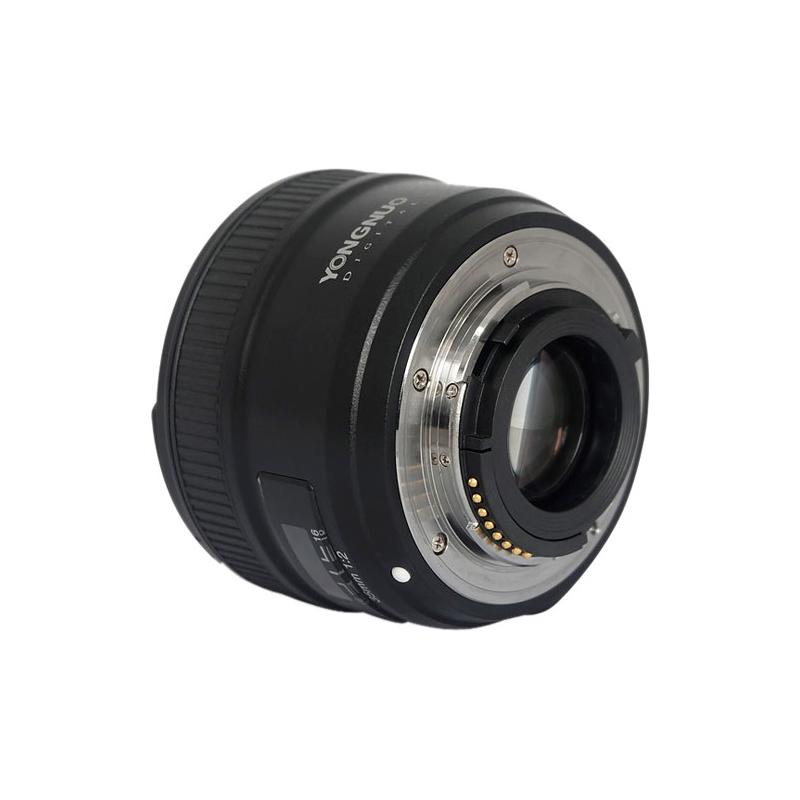
How to shoot video without an ND filter? The answer is to adjust your shutter speed and aperture. When shooting video, you want to maintain a consistent frame rate, typically 24 or 30 frames per second. This means that you need to adjust your exposure settings to achieve the desired exposure without overexposing the image.
One way to do this is to adjust your shutter speed. A slower shutter speed will let in more light, while a faster shutter speed will let in less light. However, if you use a slower shutter speed, you risk introducing motion blur into your footage. To avoid this, you can adjust your aperture instead. A wider aperture will let in more light, while a narrower aperture will let in less light.
It's important to note that adjusting your aperture will also affect your depth of field. A wider aperture will give you a shallower depth of field, while a narrower aperture will give you a deeper depth of field. This can be used creatively to control the focus and blur in your footage.
While an ND filter can be a useful tool for controlling exposure, it's not always necessary. With the right settings and techniques, you can achieve the desired exposure without one. However, if you find yourself frequently shooting in bright sunlight or other high-contrast situations, an ND filter may still be a worthwhile investment.
2、 Use a polarizing filter
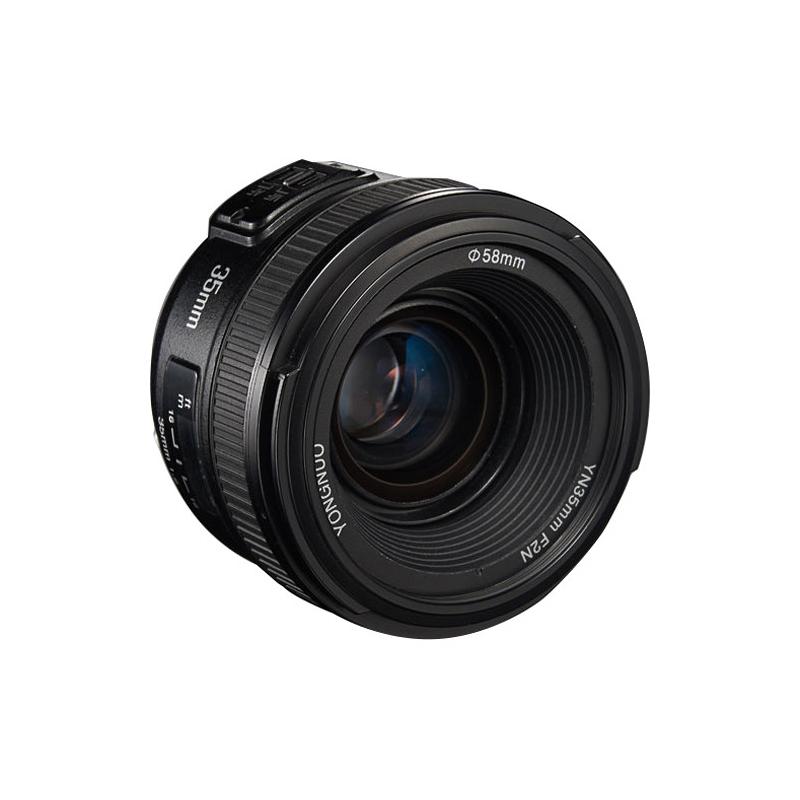
Use a polarizing filter. While ND filters are great for controlling exposure, polarizing filters can also help reduce the amount of light entering the lens. They work by blocking certain polarized light waves, which can help reduce glare and reflections in your footage. This can be especially useful when shooting near water or other reflective surfaces.
In addition to reducing glare, polarizing filters can also help enhance colors and contrast in your footage. They can make skies appear bluer and clouds more defined, and can also help bring out the colors in foliage and other natural elements.
It's important to note that polarizing filters work best when the light source is at a 90-degree angle to the subject. If the light source is directly behind or in front of the subject, the filter may not have as much of an effect.
While polarizing filters can be a great alternative to ND filters, they do have some limitations. They can reduce the amount of light entering the lens by up to two stops, which may not be enough in very bright conditions. Additionally, they can be more expensive than ND filters, and may not be as versatile in terms of controlling exposure.
Overall, if you're looking for a way to reduce glare and enhance colors in your footage without using an ND filter, a polarizing filter can be a great option. Just be sure to use it in the right conditions and be aware of its limitations.
3、 Shoot in low light conditions
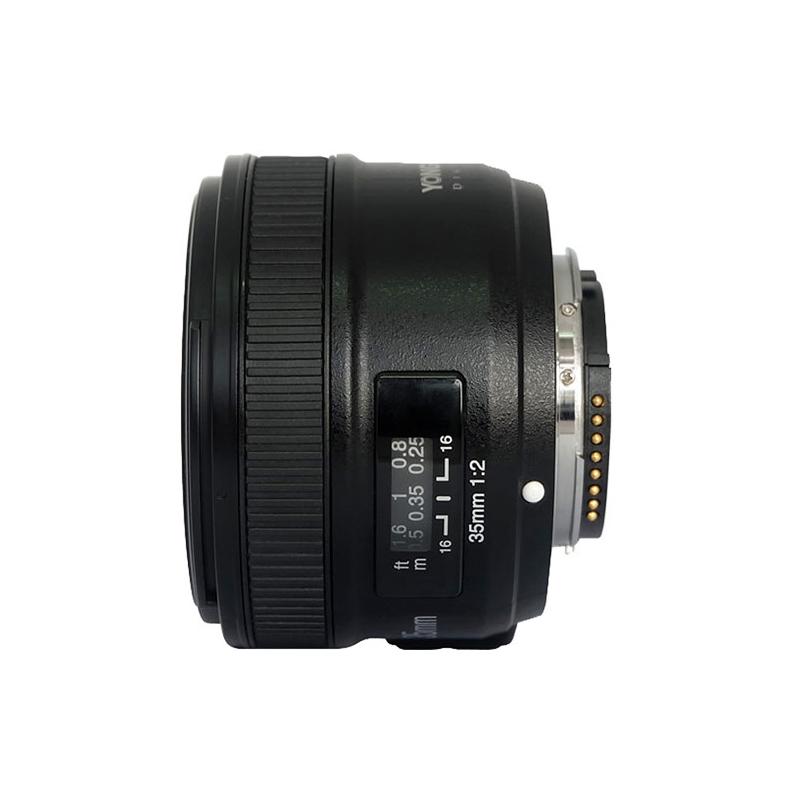
How to shoot video without an ND filter? One solution is to shoot in low light conditions. When shooting in low light, the camera's aperture will naturally close down, reducing the amount of light that enters the lens. This will allow you to use slower shutter speeds without overexposing the image. However, shooting in low light can also introduce noise and grain into the image, so it's important to find a balance between exposure and image quality.
Another option is to use a polarizing filter. While not a direct replacement for an ND filter, a polarizing filter can help reduce the amount of light that enters the lens by up to two stops. This can be particularly useful when shooting in bright sunlight or reflective environments.
It's also worth noting that some cameras have built-in ND filters. If your camera has this feature, be sure to experiment with it to see how it affects your footage.
Ultimately, shooting without an ND filter requires some creativity and experimentation. By understanding how your camera works in different lighting conditions and using tools like polarizing filters, you can still capture stunning footage without the need for an ND filter.
4、 Use a lens hood or shade
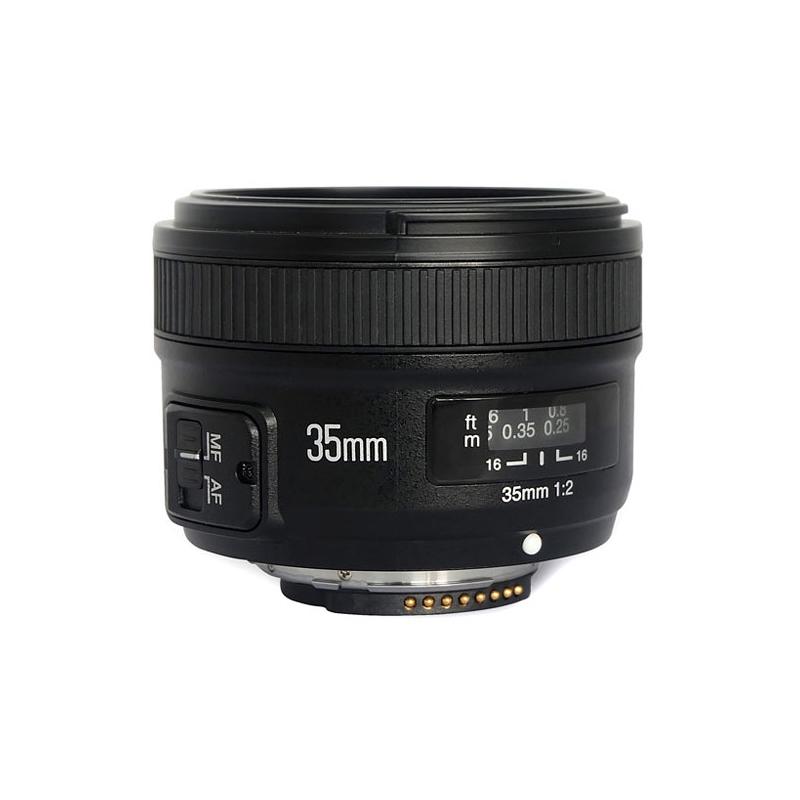
How to shoot video without an ND filter? One solution is to use a lens hood or shade. A lens hood is a device that attaches to the front of your camera lens and helps to block out unwanted light. It can help to reduce glare and lens flare, which can be especially useful when shooting in bright sunlight.
Using a lens hood or shade can also help to improve the contrast and color saturation of your footage. By blocking out some of the light that is hitting your lens, you can create a more balanced exposure and avoid overexposure in bright areas of your shot.
While a lens hood or shade can be a useful tool for shooting video without an ND filter, it is important to note that it may not be as effective in all situations. For example, if you are shooting in extremely bright conditions, you may still need to use an ND filter to achieve the desired exposure.
Additionally, it is important to choose the right type of lens hood or shade for your camera and lens. Some hoods are designed specifically for certain lenses, while others are more universal. Be sure to do your research and choose a hood that is compatible with your equipment.
In conclusion, while shooting video without an ND filter can be challenging, using a lens hood or shade can be a helpful solution. It can help to reduce glare and lens flare, improve contrast and color saturation, and create a more balanced exposure. However, it is important to choose the right type of hood for your equipment and to be aware of its limitations in extremely bright conditions.


